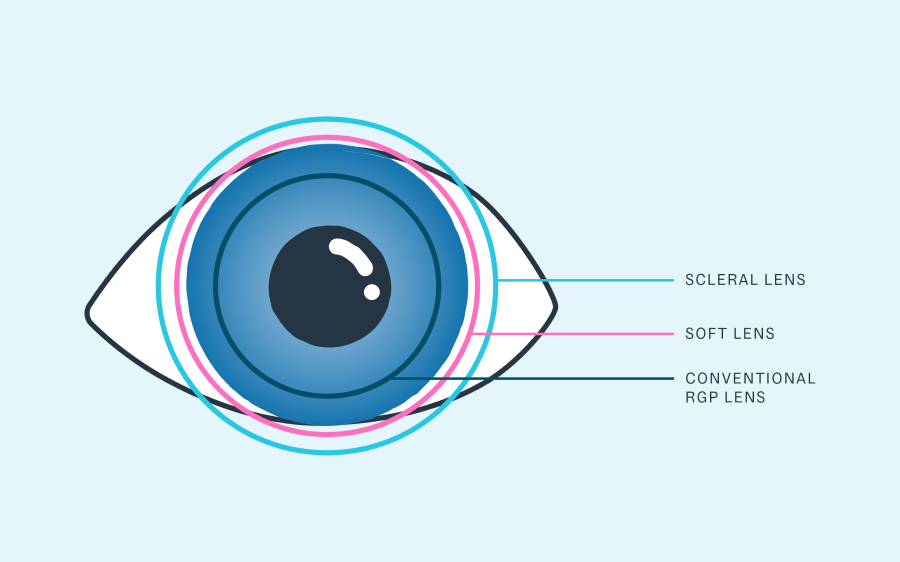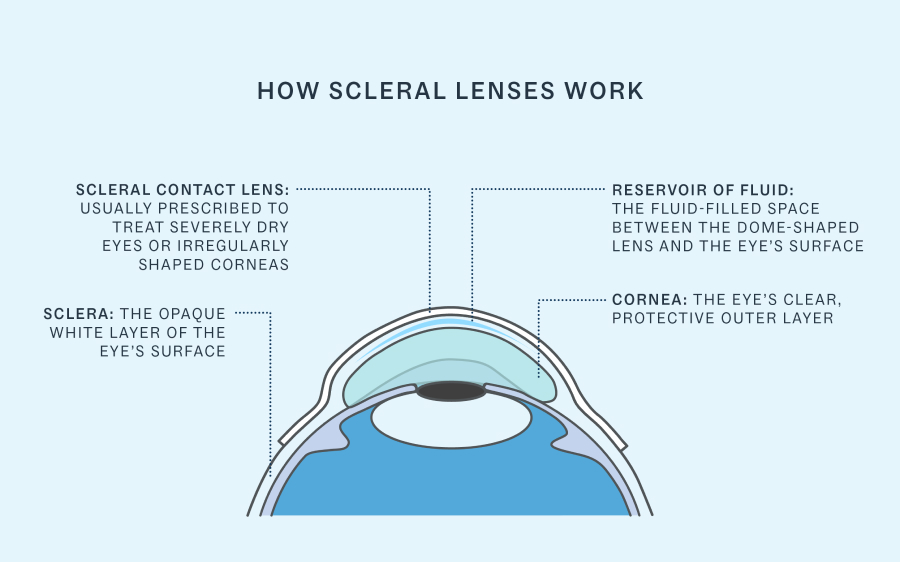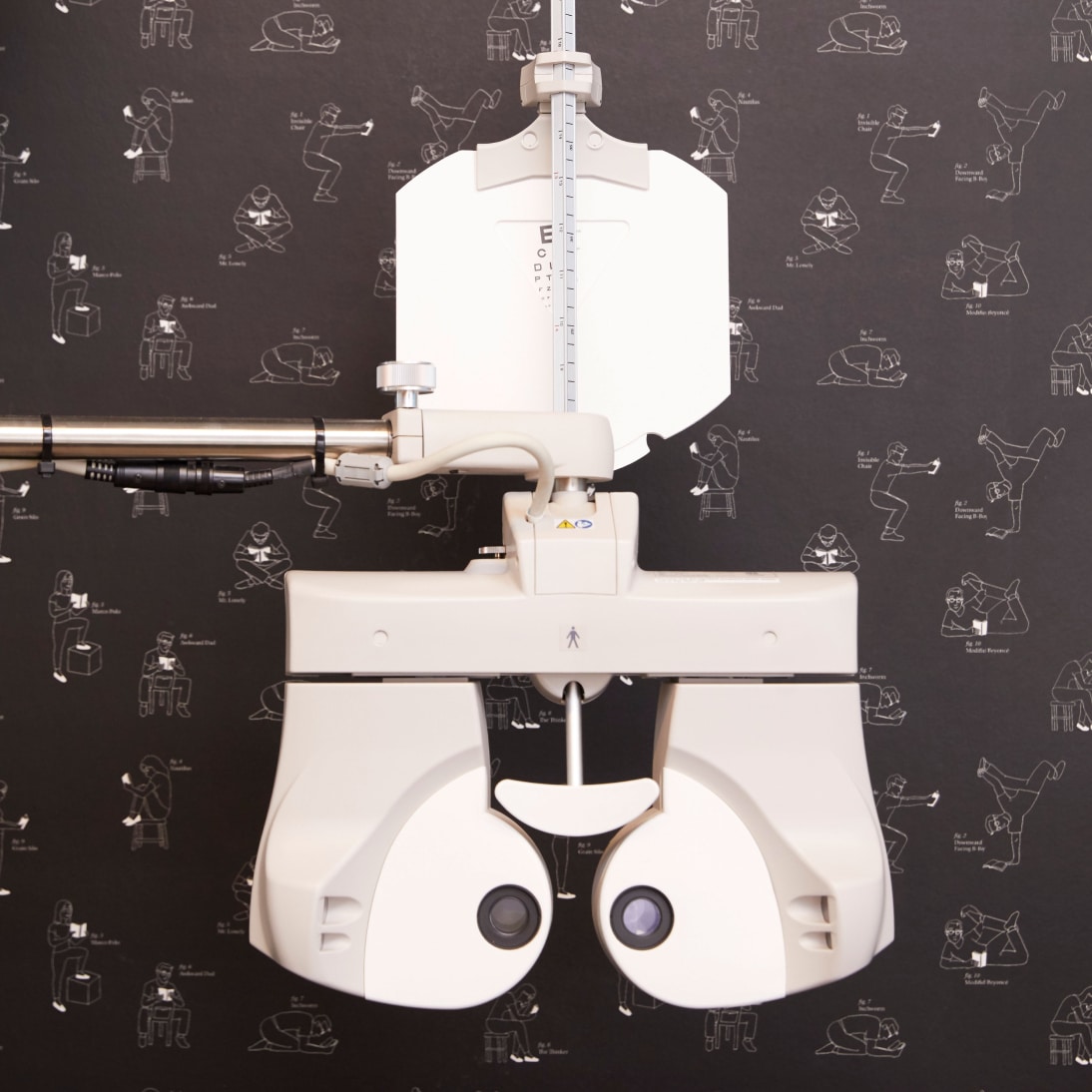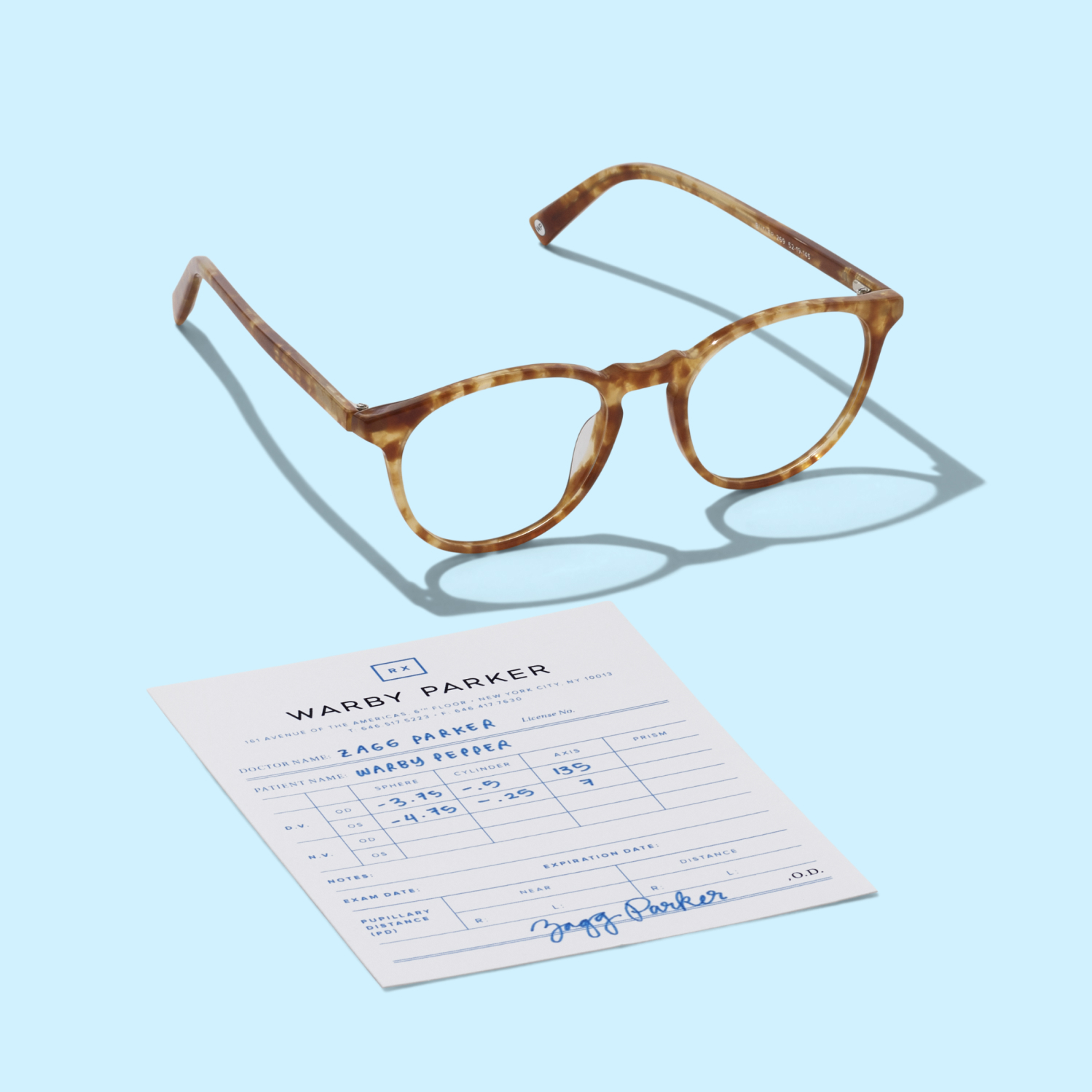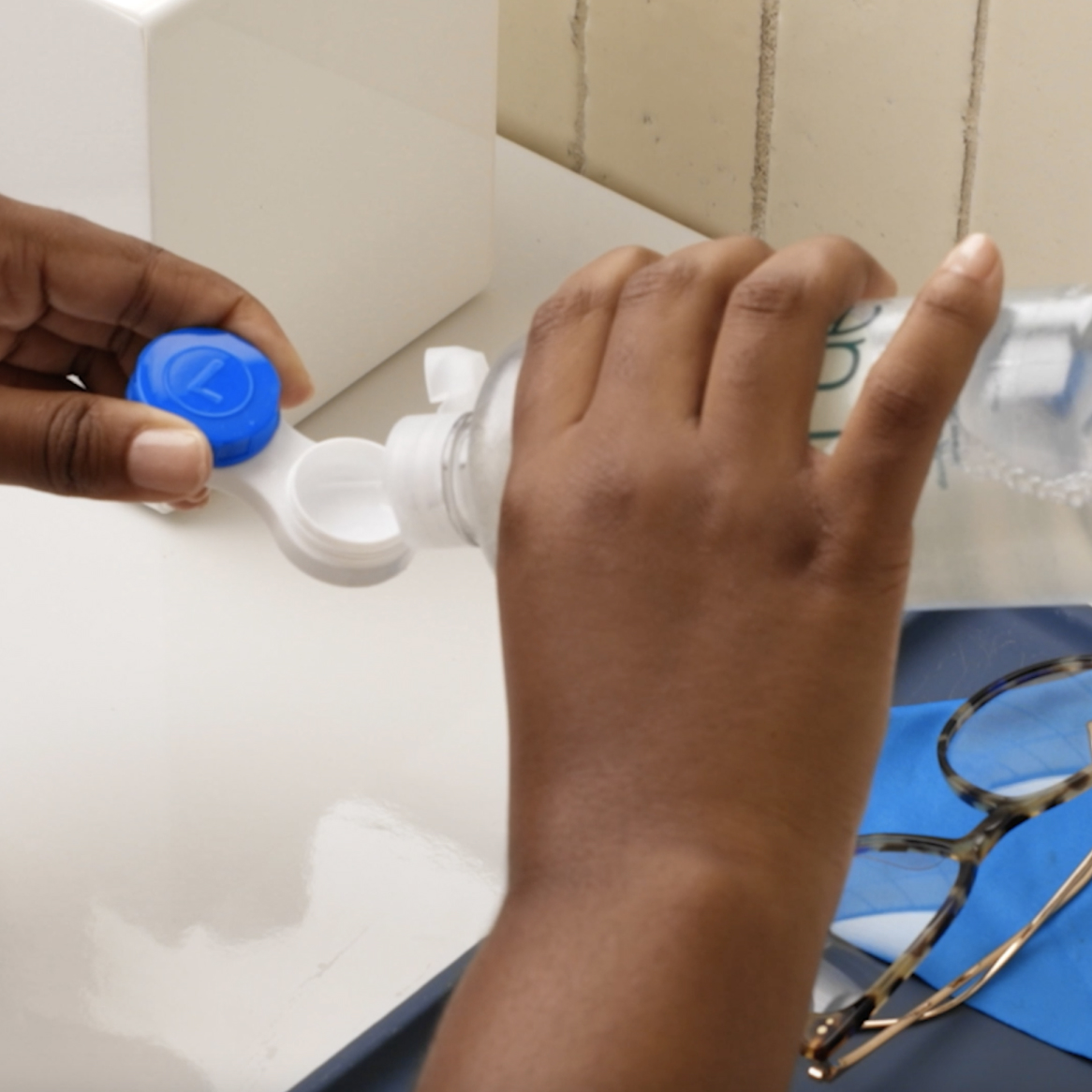Scleral lenses are a lot like any other type of contact lenses—they rest on your eye’s surface and, for the most part, are there to improve your vision. But scleral contact lenses are shaped differently than soft or conventional hard contacts, and they work differently, too. They also have other uses besides vision correction.
In this article, we’ll discuss what to know about scleral lenses, including how they work, why a doctor might prescribe them, and how to use them.
What Is a Scleral Contact Lens?
In general, doctors prescribe scleral lenses when a patient has difficulty wearing conventional hard or soft contact lenses. Scleral lenses can serve several purposes: correcting vision, lubricating the eye, protecting the eye, or doing a combination of all three.
Scleral lenses are a type of hard—or rigid gas permeable (RGP)—contact lenses. Scleral contact lenses and conventional hard contacts are made from the same material. So, like conventional hard contact lenses, scleral lenses are firmer and less flexible than soft contact lenses.
What Scleral Contact Lenses Look Like
Perhaps the most obvious characteristic of scleral contact lenses is their size. Scleral lenses are “big” contact lenses. They have a relatively large diameter, so they cover more of your eye’s surface than the standard soft or hard contact lenses.
As a group, non-scleral contacts are known as corneal contact lenses because they rest on the cornea when worn. When sitting on the surface of your eye, soft contact lenses cover all of the cornea and a bit of the sclera—the white part of your eye. Conventional hard contacts cover a smaller amount of the cornea.
In contrast, scleral contact lenses extend past the cornea to cover a decent portion of the sclera. Scleral lenses are also more dome-shaped than conventional soft or hard contacts. (We’ll get more into this next.)
How Scleral Lenses Work
Scleral lenses aren’t only larger than conventional contacts, but they have more of a dome shape, allowing them to vault over the cornea. That dome is critical to how a scleral lens works.
Rather than the entire lens coming in contact with the eye’s surface the way corneal lenses do, scleral lenses only touch the eye at the edges. The center of a scleral lens arches over the cornea, creating a gap or reservoir between the lens and the cornea. This reservoir is filled with a cushion of fluid—typically a saline solution made for scleral contacts (scleral lens solution).
The fluid effectively smooths the ocular surface by filling in the gaps caused by corneal irregularities. The fluid-filled dome can also maintain a hydrating and healing environment. Your eye doctor may prescribe a fluid other than saline—such as artificial tears for dry eyes or liquid medication for an eye condition—to fill the lens.
Conditions Scleral Contact Lenses Treat
So, what does a scleral lens do for the person wearing it? For the most part, scleral lenses treat corneal deformities, extreme dry eyes, severe refractive errors, and diseases of the eye’s surface. Let’s quickly walk through a few of the conditions that scleral contact lenses treat.
Corneal Ectasia (Irregular Corneas)
Corneal ectasia is a term encompassing several eye disorders that thin the cornea and cause it to bulge. This, in turn, can lead to high prescriptions that may be difficult for glasses to fully correct.
Symptoms of corneal ectasia—which can affect someone of any age—include worsening vision, double vision, light halos, and glare. (Scleral ectasia is a different condition, one where the sclera bulges.)
Examples of corneal ectasia include:
- Keratoconus: Cone-shaped corneas
- Keratoglobus: Drastic corneal bulging and thinning
- Pellucid marginal degeneration: Thinning of the lower part of the cornea, with a bulge forming above
- Post-keratorefractive surgery ectasia: Corneal deformity after vision-correcting eye surgery, such as LASIK surgery (People can develop the condition a few months or years after surgery.)
- Post-penetrating keratoplasty ectasia: Corneal deformity after a corneal transplant
Extreme Refractive Errors
The vast majority of contact lens wearers with refractive errors like astigmatism, myopia (nearsightedness), hyperopia (farsightedness), and presbyopia can enjoy clearer vision with soft contact lenses. In some cases, though, eye doctors may recommend hard contacts.
For severe cases of refractive errors that conventional soft or hard contacts can’t correct, doctors might prescribe scleral lenses.
Severe Dry Eyes
Scleral contact lenses can help people with chronic and severe dry eye syndrome. The dome shape of scleral contacts can be filled with fluid—such as artificial tears—to deliver constant lubrication.
Ocular Surface Disease
Doctors may prescribe scleral lenses when a disease of the eye’s surface, such as keratitis—a corneal inflammation or infection—is present.
Conditions Requiring Constant Medication
Some eye conditions or eye injuries benefit from liquid medication to bathe the eye for extended periods. For this, an eye doctor might prescribe scleral lenses, which hold liquid against the eye.
Corneal Surgery or Injury
The liquid-filled dome of scleral lenses provides an excellent environment for healing the cornea after surgery or an injury.
Benefits and Downsides of Scleral Lenses
Scleral lenses have several advantages and disadvantages. If you’re a candidate for scleral lenses, you can weigh these pros and cons with your eye doctor.
Advantages of Scleral Contact Lenses
- Stability: Scleral lenses are pretty good at staying in your eye. How? The edges of a scleral lens typically sit under the upper and lower eyelid, essentially holding the lens in place.
- Potentially being easier to tolerate: The sclera isn’t as sensitive as the cornea, making scleral contacts more comfortable for some patients to wear (especially compared to hard (RGP) contact lenses).
- Help for hard-to-correct conditions: Scleral lenses can sometimes treat eye issues and conditions that other contacts might not be able to treat. These conditions may include severe refractive errors, irregular corneas, and ocular surface disease.
- The opportunity to avoid eye surgery: In some cases, scleral contact lenses can help you avoid or delay eye procedures such as surgery to correct severe keratoconus.
Disadvantages of Scleral Contact Lenses
- Cost: Scleral lenses are usually expensive, typically costing $1,000 to $5,000 per eye. This cost typically includes the lens fitting. Your health or vision insurance might defray some of the cost, particularly if the lenses are medically necessary. And if you have an FSA or HSA (flexible spending account or health savings account), you can probably use those funds to pay for scleral lenses. (Check with your insurance provider or account administrator.)
- Lengthy fitting process: Scleral contact lenses need to be custom designed, which requires additional eye measurements and time to manufacture the lens. The fitting process can take several visits.
- Inconvenience: Debris can collect under the lens, requiring removal and cleaning during the day. This can be inconvenient for some people.
- Adjustment period: Scleral lenses can take a while to get used to. You’ll need time to adjust to inserting scleral lenses, taking them out, caring for them, and wearing them.
How To Insert Scleral Lenses
Putting scleral lenses in and taking them out doesn’t work the same as it does with soft contacts. If your eye doctor prescribes scleral contact lenses, their instructions may include these steps:
- Wash your hands.
- Make sure the lens isn’t inside out and that it looks bowl-shaped.
- Completely fill the lens with the fluid your doctor recommends. Ensure there’s no space between the fluid and the top of the lens. An unfilled space could create an air gap when the lens is in the eye.
- Much like a tripod, hold the lens on the tips of one hand’s index finger, thumb, and middle finger.
- To avoid spilling the fluid, bend over so you’re facing the floor. Or place a mirror flat on a table and bend over it.
- Open your eyes more by gently raising your upper eyelid with the hand that isn’t holding the lens.
- With the hand holding the lens, use your ring finger to push your lower lid downward to open your eyes even more.
- Bring the lens to your eye without spilling the fluid. Once the lens is touching your eye, let go of the upper eyelid first, then let go of the lower eyelid.
- If the lens has an air bubble, take it out, refill it, and reinsert it.
- Once the lens is in and comfortable, repeat this process with your other eye.
Removing Scleral Contact Lenses
Removing scleral contact lenses is generally more involved than removing soft contacts. Your doctor might recommend using a special tool (often called a plunger) to remove the lens. You may also be able to use the tool to insert the lens—Your eye doctor can advise on whether this might be a good option for you.
Your eye doctor’s instructions for removing your scleral contact lenses may include these steps:
- Wash your hands.
- Look into a mirror.
- Break the seal of the lens on your eye by gently pushing on your lower lid. When you see an air bubble, the seal is broken.
- Push your lower eyelid down.
- Put the tool (plunger) against the lower part of the lens (not the center).
- You should feel the tool suction to the lens. With the tool, pull the lens up and out of your eye.
- Clean the lens using the lens care system your doctor recommends. Put the lens in a case filled with the solution your doctor says is best for you.
How To Clean Scleral Lenses
Cleaning scleral lenses isn’t much different than cleaning soft contacts. Your doctor will probably recommend one of two lens-cleaning methods. One uses a peroxide system, and the other uses a multipurpose solution.
Always follow your doctor’s directions for cleaning your scleral lenses and accessories like a plunger or contact lens case. And use your doctor’s recommended products. Never clean or store your lenses in tap water.
Peroxide System
For this system, a 3% peroxide solution is added to a lens case fitted with a catalyst (usually a special disc) that neutralizes the peroxide solution. When the lens is removed from the eye and placed in the case, it generally takes at least six hours for the cleaning to work. Taking the lens out and putting it in your eye before the solution is neutralized can cause sharp, stinging pain and damage to the eye.
Multipurpose Solution
This cleaning method requires the lens wearer to rub the lens in solution after removing it from the eye. Or your doctor may recommend a separate cleaning solution. Place the clean lens in a clean case filled with a multipurpose solution. Always start with a clean case and fresh solution.
Ask Your Doctor
If you think you may benefit from scleral contact lenses, ask your eye doctor. They can determine whether you’re a candidate for scleral lenses, or whether another solution—like special types of soft contact lenses (monthly or daily contacts, or soft contacts for dry eyes, for instance)—may better suit your needs.


